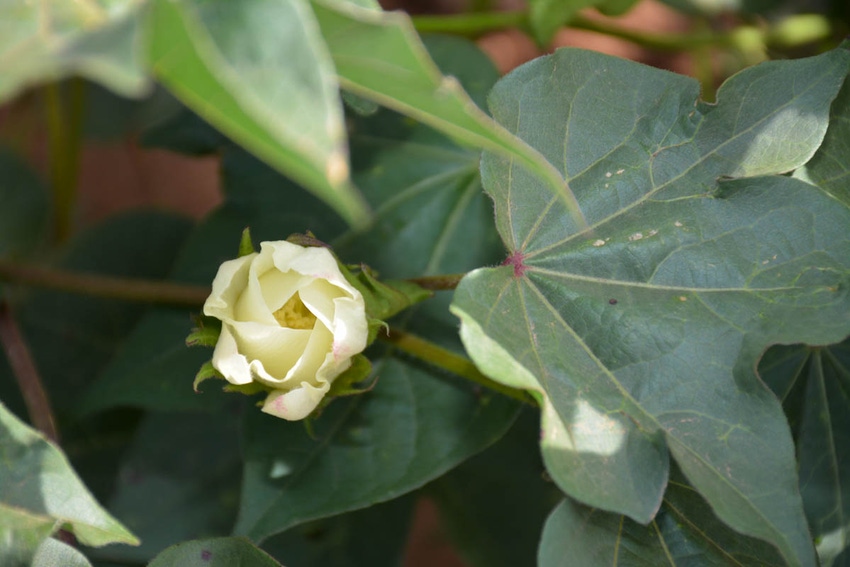
In their first official crop production estimates this season, the USDA’s National Agricultural Statistics Service pegged the 2019 High Plains upland cotton crop at 4.93 million bales, harvested from 3.63 million acres. Planted acres are estimated at 4.44 million, reflecting a projected 18 percent abandonment rate, which is about average.
Yield per acre is estimated at 831 pounds per acre in the northern counties of the Plains Cotton Growers service area, and 601 pounds per acre in the southern counties.
Of particular interest is the significant decrease in planted acreage in the northern portion of the PCG service area. NASS projects growers in the Northern High Plains planted 1.28 million acres of cotton, down 241,000 acres from 2018. Of those 1.28 million acres planted, NASS expects only 800,000 acres to be harvested, although most of those acres are irrigated.
In 2018, the Southern High Plains experienced more than a 50 percent abandonment rate. While area growers are expected to hang on to more acreage (2.83 million acres) this year, the yield potential for dryland acres may be questionable if drought conditions persist.
Statewide, the NASS report estimates that Texas growers will produce 8.4 million bales of upland cotton from 6.1 million acres harvested. Statewide yield is estimated to be 661 pounds per acre, down slightly from 756 last year. In 2018, 6.85 million bales of cotton were produced in Texas on 4.35 million harvested acres.
NASS estimates the United States will produce 21.7 million bales of upland cotton, up 24 percent from 2018.
“A crop of this size would have been attainable had we received a good general rain two weeks ago, but dryland acreage is suffering, and the yield potential is uncertain,” PCG Executive Vice President Steve Verett said. “This report is a benchmark for the year, and NASS will continue to revise these numbers as the season progresses.”
Source: is Plains Cotton Growers, which is solely responsible for the information provided and is wholly owned by the source. Informa Business Media and all its subsidiaries are not responsible for any of the content contained in this information asset.
About the Author(s)
You May Also Like




